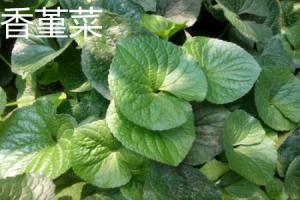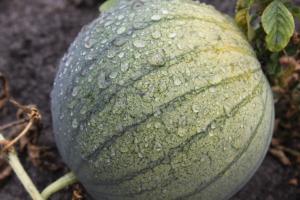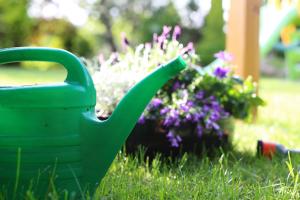1、 Basin soil
It is best to choose flowerpots with good air permeability, such as ceramic pots and tile pots. Loose sandy soil should be used. Garden soil, coarse sand and rotten cake fertilizer can be mixed and prepared. Some broken tiles can be placed at the bottom of the basin to help better drainage
2、 Watering
The principle of no drying and no watering should be maintained. It is best to water every day in the peak growth season. Observe the soil before watering. If it is dry, it can be watered appropriately. Watering more in the hot season can help it grow better. Timely drain water in rainy days to avoid ponding
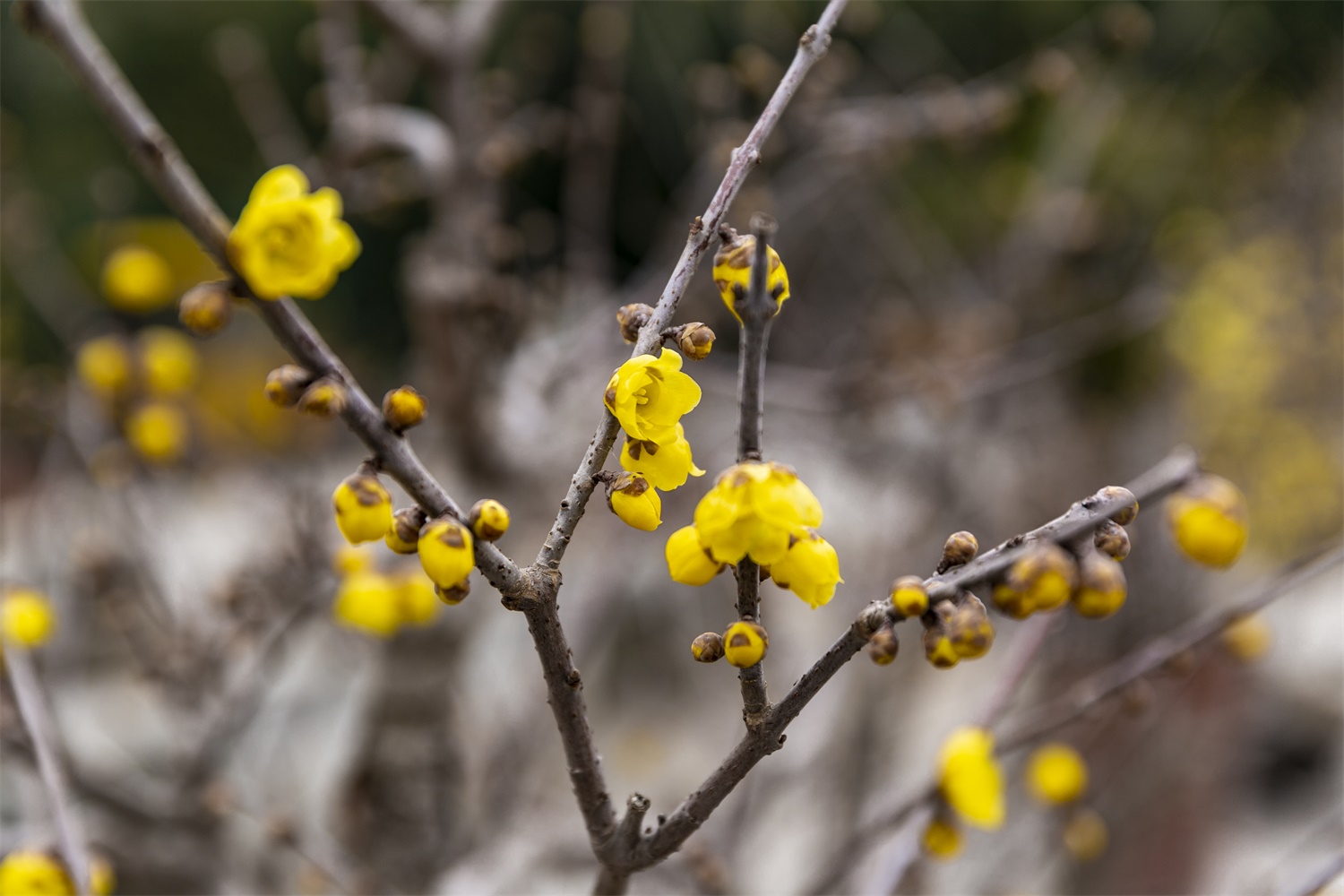
3、 Temperature and light
Chimonanthus chinensis likes plenty of sunshine. The suitable growth temperature is 16 ~ 23 ℃. Generally, the minimum temperature should not be lower than - 10 ℃. It is relatively resistant to high temperature and can grow even in an environment of 40 ℃
4、 Fertilization
In order to help its branches and leaves grow better, apply thin liquid fertilizer once a month. When the branches grow to 20 cm long, reduce fertilization. Topdressing twice at the end of summer and early autumn can help flower buds differentiate better
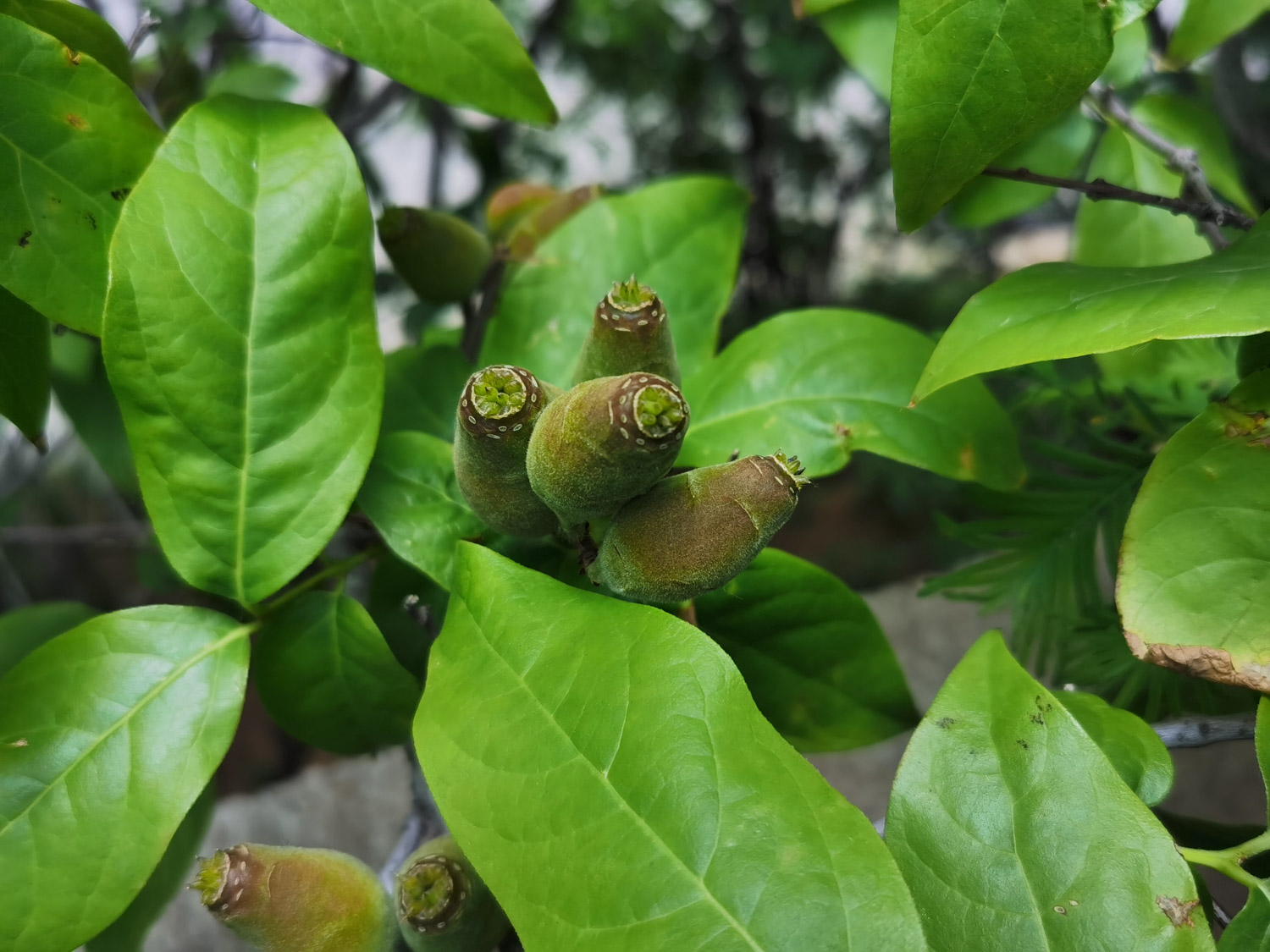
5、 Precautions
1. Pruning: it is generally carried out 20 days after dried flowers. The dry and crossed branches should be cut off, and the long and dense branches should also be cut off. In order to make their flowering more lush, the side branches can also be cut short appropriately
2. Diseases and pests: common diseases and pests include anthrax, black spot, aphids, etc. the diseased leaves should be removed in time, and the branches and leaves with eggs should be cut off in time to avoid increasing the source of infection. At the same time, it can be sprayed with chemicals
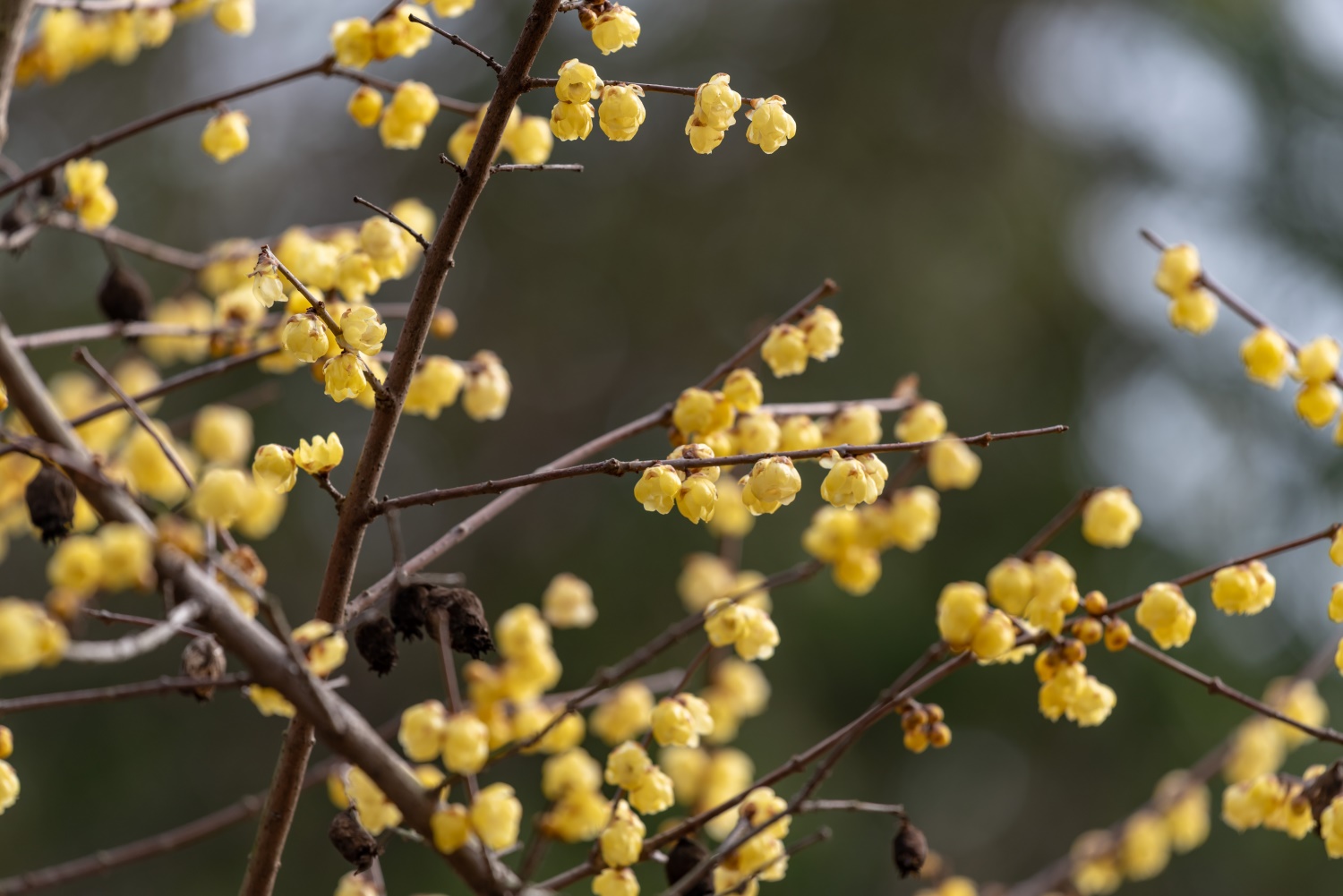

 jackfruit
jackfruit snake plant
snake plant hibiscus
hibiscus hydrangea
hydrangea lavender
lavender Green roses climb al...
Green roses climb al... If you don't pay att...
If you don't pay att... Management of four g...
Management of four g...
